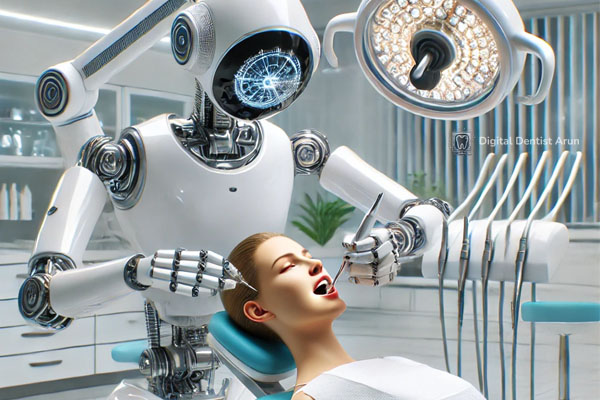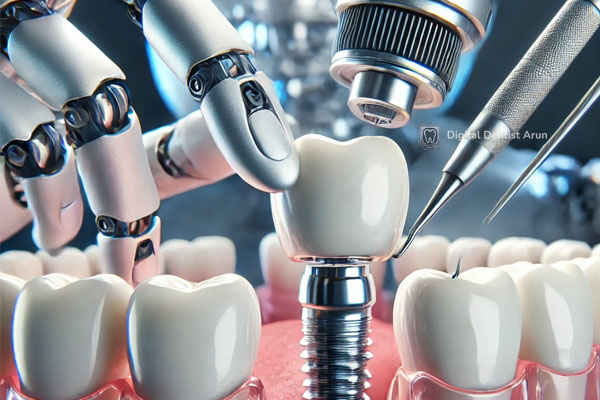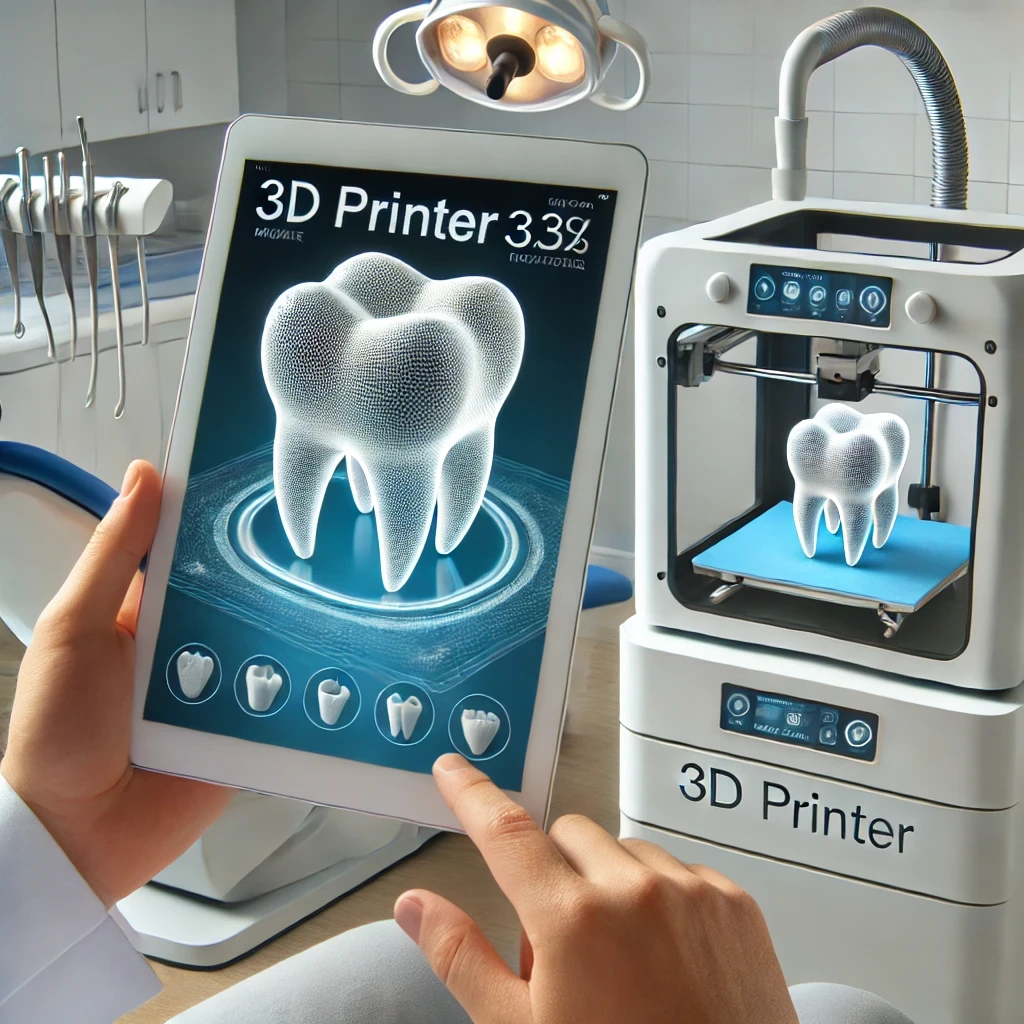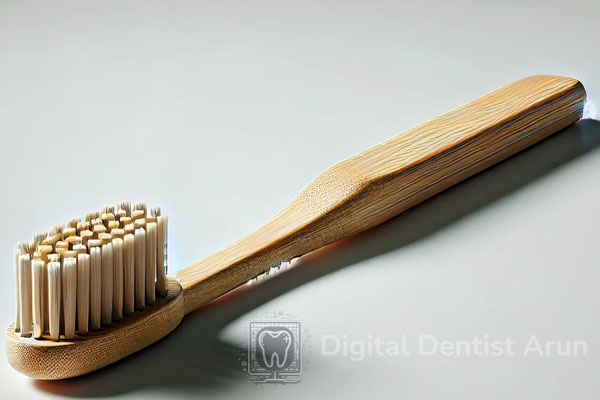In today’s fast-paced world, dental technology continues to evolve, offering new solutions for both patients and professionals. One of the most groundbreaking advancements in the dental field is robotic-assisted oral surgery. This innovative approach merges human expertise with the precision of robotics, allowing for more accurate, minimally invasive procedures. Whether you’re a patient seeking efficient and painless surgery or a dental professional looking to enhance your practice, robotic-assisted oral surgery is revolutionizing dental care in ways that were unimaginable just a few years ago.
This technology represents the next step in providing safer, faster, and more predictable outcomes, improving not only the surgical experience but also the overall results for patients. In this article, we will dive deep into what robotic-assisted oral surgery is, its benefits, and how it’s transforming the landscape of modern dentistry.
What is Robotic-Assisted Oral Surgery?
Robotic-assisted oral surgery is a cutting-edge technique that uses robotic technology to aid dental surgeons in performing complex procedures. By combining advanced robotics with dental expertise, dentists can achieve a higher level of precision during surgeries such as dental implants, jaw reconstruction, and wisdom teeth extraction. The robot acts as an extension of the dentist’s hand, allowing for controlled, delicate movements that are difficult to achieve with human hands alone.
These robotic systems are equipped with cameras, sensors, and instruments that provide real-time data, enabling dentists to see detailed images of the surgical site. This enhanced visibility allows for smaller incisions, less tissue damage, and faster recovery times for patients.

The Benefits of Robotic-Assisted Oral Surgery
The integration of robotic systems in dentistry offers numerous benefits for both dentists and patients:
1. Enhanced Precision
Robotic-assisted oral surgery provides unparalleled precision, ensuring that procedures are completed with minimal error. For example, during dental implant placement, the robotic arm guides the dentist’s movements, ensuring that the implant is placed with perfect alignment and depth. This precision reduces the risk of complications and improves long-term success rates.
2. Minimally Invasive Procedures
One of the key advantages of robotic-assisted surgery is its ability to perform procedures with minimal invasiveness. The use of smaller, more precise instruments allows for less tissue trauma, resulting in less pain, reduced bleeding, and shorter recovery periods for patients. Minimally invasive surgeries also decrease the chances of post-operative infections.
3. Reduced Recovery Time
Since robotic-assisted surgeries are less invasive, patients often experience faster healing and reduced downtime. This is particularly beneficial for individuals undergoing complex procedures like jaw surgery or dental implants, as they can return to their normal routines more quickly.
4. Increased Safety and Control
Robotic systems are designed to assist dentists with real-time feedback, offering unparalleled control over each step of the surgery. This reduces errors in procedure and enhances patients treatment outcome positively. In addition, robotic systems can track vital patient data, ensuring that surgeries are performed under optimal conditions.
5. Improved Patient Experience
For patients, robotic-assisted oral surgery offers a smoother, more comfortable experience. With fewer complications, less pain, and faster recovery, robotic-assisted surgeries provide a patient-centric approach to dental care. Moreover, the precision of the technology often results in better aesthetic outcomes, especially in procedures like dental implants.
Robotic-Assisted Oral Surgery Procedures
Several common oral surgeries benefit from robotic assistance, including:
1. Dental Implants
Robotic technology has transformed dental implant surgery, ensuring that implants are placed with precision and reducing the margin for error. The robot helps the dentist accurately drill into the bone, ensuring optimal placement for long-lasting results.
2. Wisdom Teeth Removal
The extraction of impacted wisdom teeth can be a delicate procedure. Robotic systems allow dentists to navigate around nerves and bone structures with precision, reducing the risk of nerve damage and shortening the recovery time for patients.
3. Jaw Reconstruction
For patients requiring jaw reconstruction surgery, robotic systems offer precise movement and alignment during the procedure, leading to better outcomes and a smoother recovery. Robotic assistance can also help in reshaping the jaw with minimal invasiveness.
4. Orthognathic Surgery
Orthognathic surgery, which corrects irregularities in the jaw, is another area where robotic assistance is making strides. Robots guide the surgeon in making precise bone cuts, ensuring that the jaw is properly realigned for both functional and cosmetic purposes.

The Future of Robotic-Assisted Oral Surgery
Robotic technology in dentistry is still in its early stages, but its potential is immense. As technology continues to improve, we can expect even more advanced systems that further enhance the precision, safety, and efficiency of oral surgeries. In the future, robotic systems may become a standard tool in every dental clinic, providing patients with the best possible care.
Dentists who adopt robotic-assisted technology early on will be at the forefront of innovation, offering their patients the most advanced surgical options available. For patients, this means less pain, fewer complications, and faster recoveries — a win-win for everyone involved.
Conclusion: Embracing Innovation for Better Dental Care
Robotic-assisted oral surgery is more than just a technological advancement; it’s a revolution in the way dental surgeries are performed. With greater precision, minimized invasiveness, and shorter recovery times, this technology offers incredible benefits to both patients and dental professionals. If you’re a dentist looking to stay ahead of the curve or a patient seeking advanced dental care, robotic-assisted surgery represents the future of oral health.
Embrace the future of dentistry, where cutting-edge robotics and human expertise come together to provide the highest standard of care. Whether you’re dealing with complex dental procedures or seeking better outcomes, robotic-assisted oral surgery is setting a new standard for excellence in dental care. The future is bright, and it’s powered by innovation.

